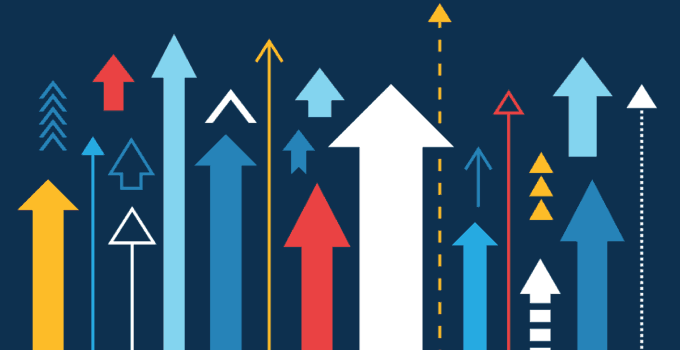Promoting employees is a great way to develop your current team by giving top performers more responsibilities and, therefore, increased motivation and morale. There are numerous benefits of promoting employees—take a look at some of the most effective ones here:
- Recognizes and promotes employee performance, ambition, and morale
- Boosts motivation and increases employee loyalty
- Encourages retention
- Develops competitive spirit in the workplace
- Grooms future leaders
- Reduces employee resistance and discontent
It’s clear that choosing to promote from within is more advantageous than new hires. But there is another choice to be made. What kind of promotion are you trying to perform? There are three major categories of promotion: competitive mode, noncompetitive mode, and up-gradation. Let’s look at the details of each.
Competitive promotion involves employees proving their worth in comparison to other employees. This method focuses mostly on performance, productivity, skills, experience, knowledge, and other similar factors.
Noncompetitive promotions take place after employees reach a standard set milestone or accomplishment. These promotions look mainly at reaching goals rather than variable features like performance, productivity, etc.
Up-gradation promotions take place when the pay increases, but the job title and rank stay the same.
Now that you know the benefits of promoting those top performing employees, as well as an overview of the types of promotion options you have, it’s time to take a look at your team and determine who is due for a promotion.




